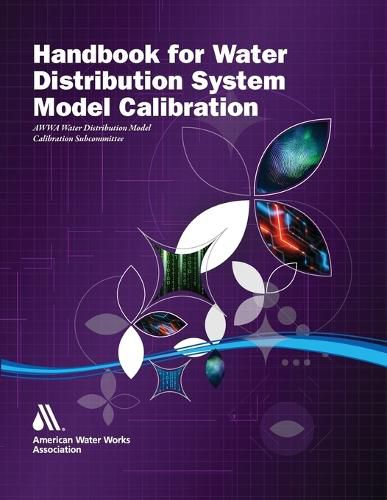Readings Newsletter
Become a Readings Member to make your shopping experience even easier.
Sign in or sign up for free!
You’re not far away from qualifying for FREE standard shipping within Australia
You’ve qualified for FREE standard shipping within Australia
The cart is loading…






This title is printed to order. This book may have been self-published. If so, we cannot guarantee the quality of the content. In the main most books will have gone through the editing process however some may not. We therefore suggest that you be aware of this before ordering this book. If in doubt check either the author or publisher’s details as we are unable to accept any returns unless they are faulty. Please contact us if you have any questions.
Since the advent of digital computers, numerical solvers have become progressively more powerful and reliable. However, the accuracy of the model depends on the extent to which it reflects the real system. To ensure that the model is an accurate representation of the real system (essentially a "digital twin" of the real system), it is necessary to compare model results with real-world data and adjust model parameters to reduce the level of uncertainties in the model results, and then identify and correct as many discrepancies as is feasible.
According to the Calibration Subcommittee of the AWWA Engineering Modeling Applications Committee (2013a), "water distribution model calibration consists of comparing model results with accurate field measurements and making adjustments to model and reviewing field data to improve agreement over a range of conditions that correspond to how the model is intended to be used." Calibration should result in a more accurate model, a better understanding of the strengths and weaknesses of the model, and greater confidence in model results.
Hydraulic models of water distribution systems are widely used to help solve engineering and operational problems in water systems. To ensure that a model accurately represents a real system, model results are compared with physical measurements over a range of conditions. If the model predictions agree with the data, the model can be used with confidence for the conditions it was calibrated.
$9.00 standard shipping within Australia
FREE standard shipping within Australia for orders over $100.00
Express & International shipping calculated at checkout
This title is printed to order. This book may have been self-published. If so, we cannot guarantee the quality of the content. In the main most books will have gone through the editing process however some may not. We therefore suggest that you be aware of this before ordering this book. If in doubt check either the author or publisher’s details as we are unable to accept any returns unless they are faulty. Please contact us if you have any questions.
Since the advent of digital computers, numerical solvers have become progressively more powerful and reliable. However, the accuracy of the model depends on the extent to which it reflects the real system. To ensure that the model is an accurate representation of the real system (essentially a "digital twin" of the real system), it is necessary to compare model results with real-world data and adjust model parameters to reduce the level of uncertainties in the model results, and then identify and correct as many discrepancies as is feasible.
According to the Calibration Subcommittee of the AWWA Engineering Modeling Applications Committee (2013a), "water distribution model calibration consists of comparing model results with accurate field measurements and making adjustments to model and reviewing field data to improve agreement over a range of conditions that correspond to how the model is intended to be used." Calibration should result in a more accurate model, a better understanding of the strengths and weaknesses of the model, and greater confidence in model results.
Hydraulic models of water distribution systems are widely used to help solve engineering and operational problems in water systems. To ensure that a model accurately represents a real system, model results are compared with physical measurements over a range of conditions. If the model predictions agree with the data, the model can be used with confidence for the conditions it was calibrated.